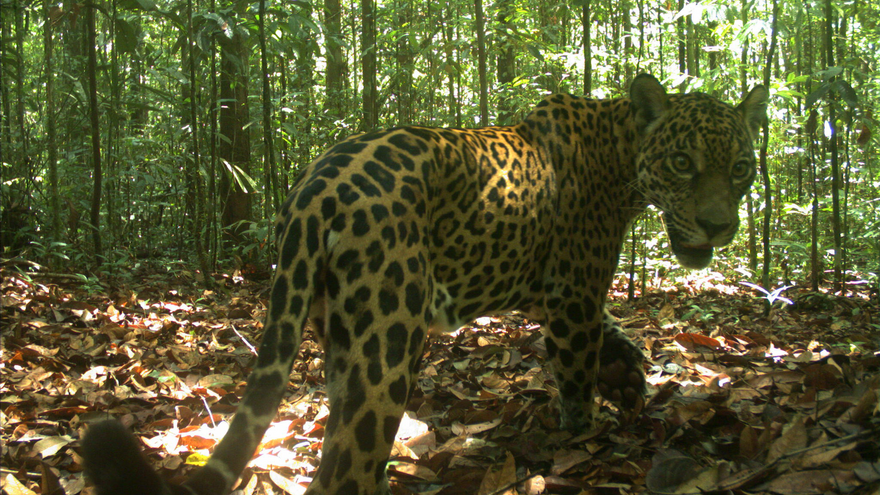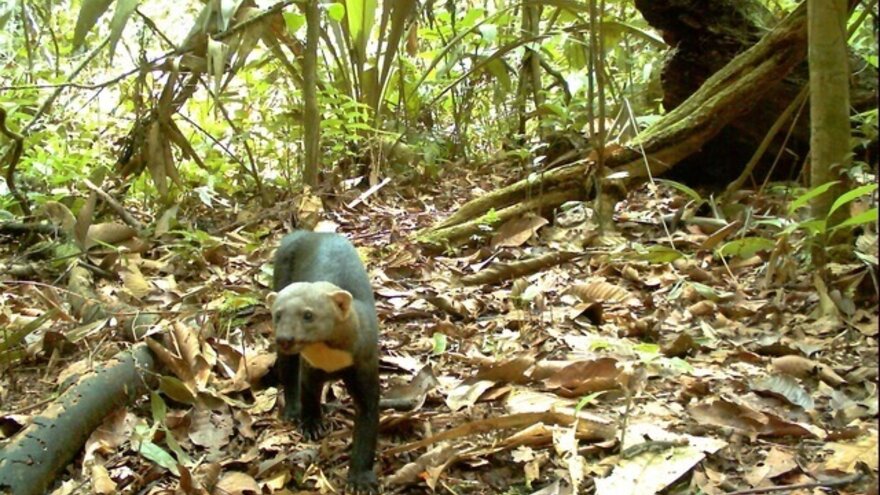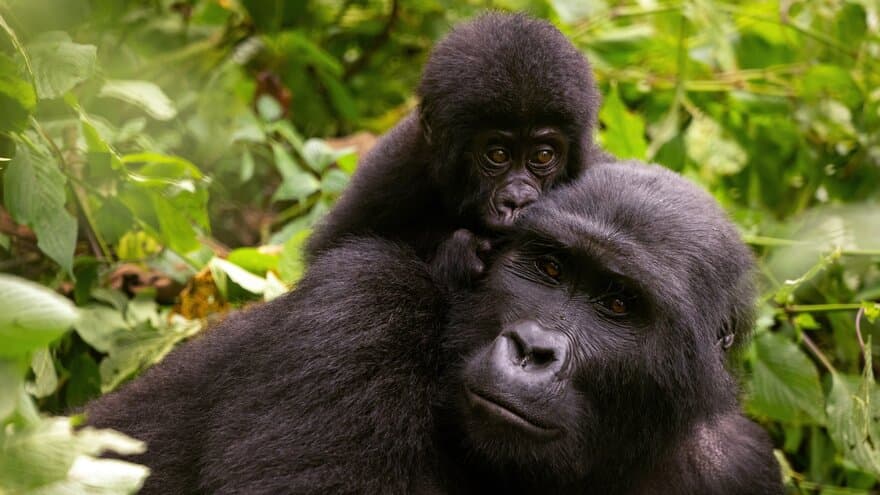A massive, new scientific study shows that tropical wildlife is affected by human activities even inside protected areas.
Earth’s wilderness areas are disappearing fast. Tropical forests are under particularly heavy pressure: most of the world’s deforestation happens here. The culprits are numerous: logging, agriculture, cattle ranching, mining, oil extraction and dam-building. As habitats disappear, wildlife and biodiversity are impacted negatively. In addition, animals in tropical forests are often subjected to hunting.
Protected areas are meant to be wildlife sanctuaries and provide protection for biodiversity. However, this protection can be flawed.
A new study led by NMBU challenges the idea of protected areas as ‘undisturbed’ where animals can live unaffected by humans.
“Living inside protected areas may not automatically protect tropical mammals from the effects of human activities,” says Asunción Semper-Pascual – a postdoctoral researcher at NMBU and the lead author on the study.
“We have evidence that animals are affected by both what is happening inside and outside of the protected areas.”
Giant anteater - an insectivorous mammal native to Central and South America. Video: Tropical Ecology Assessment and Monitoring Network
Millions of photos
The results from the study are based on one of the largest long-term standardized camera-trap wildlife surveys to date. The researchers have used millions of camera images to examine how human activities impact 159 mammal species in 16 protected areas across tropical regions on three continents. The images have been collected over the course of up to ten years from over 1000 sites across tropical forests.
“All images have been collected using the same methodology,” Semper-Pascual explains.
“Thus, making comparisons across sites and regions much more robust.”
Protected areas in the study include Bwindi Impenetrable National Park in Africa, Yasuni National Park in South America and Pasoh Forest Reserve in Southeast Asia, to name a few. Examples of animals captured on camera include species such as the jaguar, the mountain gorilla, and the Sunda Pangolin.

Some are more vulnerable than others
The team found differences between animal groups with regards to susceptibility to human impacts and activities.
Specialist species, that is animals which use specific habitats only, thrive when habitat fragmentation is low.
“These animals are generally more susceptible to the negative impacts of deforestation,” Semper-Pascual says.
Generalists on the other hand, thrive in more diverse habitats where they have access to a greater variety of food and shelter.
“Habitats are more varied at the edge of a protected area,” she comments.
In these edges for example, the change from a dense forest to an open agricultural landscape offers a more diverse habitat than homogenous areas, such as deep inside a forest.
However, animals living closer to the edge of the forest are more exposed to human activities such as hunting. The potential negative effects depend on human densities.
The benefits generalist species derive from living near the edge only outweigh the drawbacks if the nearby human population density is low.
“What we found is that when the human population density is high in these areas, then these species no longer benefit from being near the border, probably because of pressure from hunting or some other type of human interference,” Semper-Pascual says.

Need to protect more
In December 2022 the UN Biodiversity Conference agreed to designate 30% of Earth's land and ocean area as protected areas by 2030. It is also known as the “30 by 30 initiative”.
The status as of 2020 is that approximately 17% of Earth’s terrestrial land is protected.
“If we are to achieve the 30 by 30 goal, we need to double the coverage of protected areas. In seven years,” Semper-Pascual says.
The result from this study shows that protection might not always work.
“As more protected areas are created, we need to think carefully about the factors both within and outside protected areas that influence biodiversity.”
“However, we have to think about the situation holistically. Conservation is going to work best when it’s tackled in specific contexts and in concert with the people who live there to create win-win situations for both the people and the wildlife.” she concludes.
Referanse:
Semper-Pascual et al. 2023. Occurrence dynamics of mammals in protected tropical forests respond to human presence and activities. Nature Ecology and Evolution.
Link: https://www.nature.com/articles/s41559-023-02060-6
About the project:
The project is led by researchers from the Norwegian University of Life Sciences and Wageningen University & Research, and in close collaboration with Rice University (Texas, USA).
The wildlife images are collected by the Tropical Ecology Assessment and Monitoring Network, a joint effort by Conservation International, the Wildlife Conservation Society and the Smithsonian Institution. The Research Council of Norway (NFR301075) and the National Science Foundation (2213568) supported the research.
